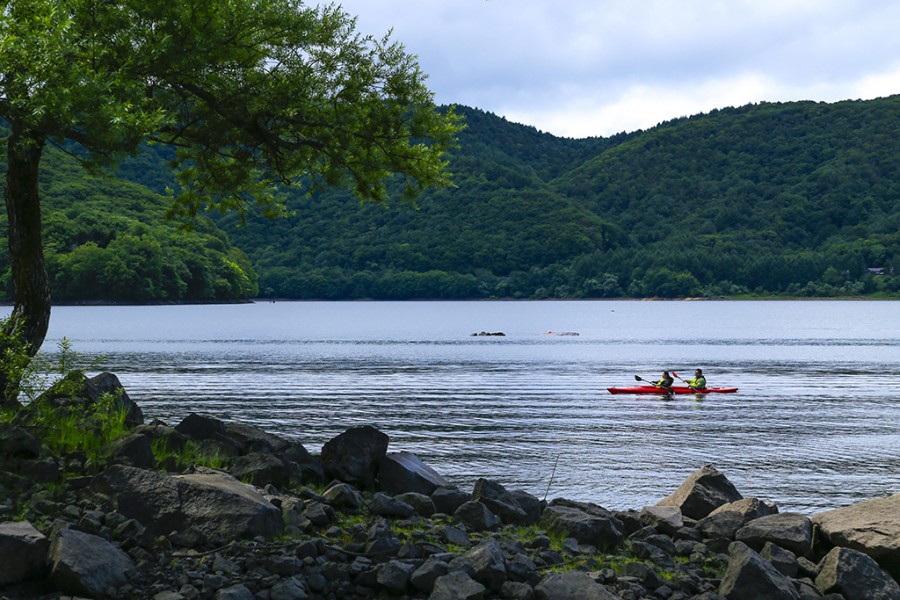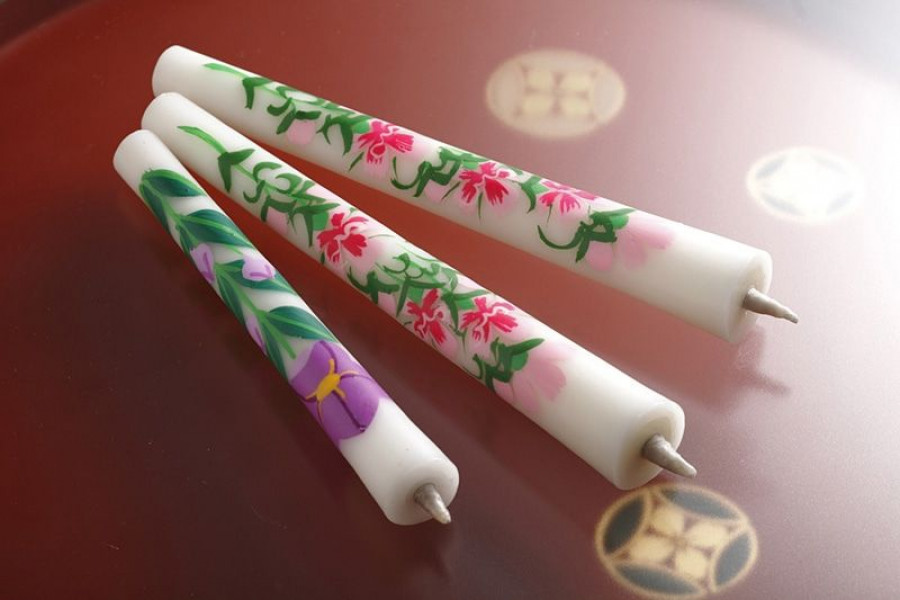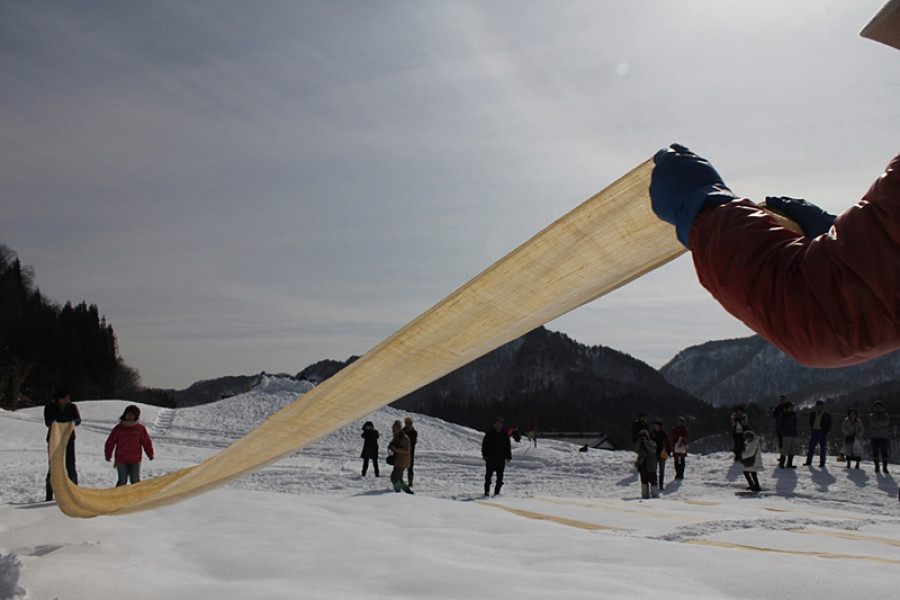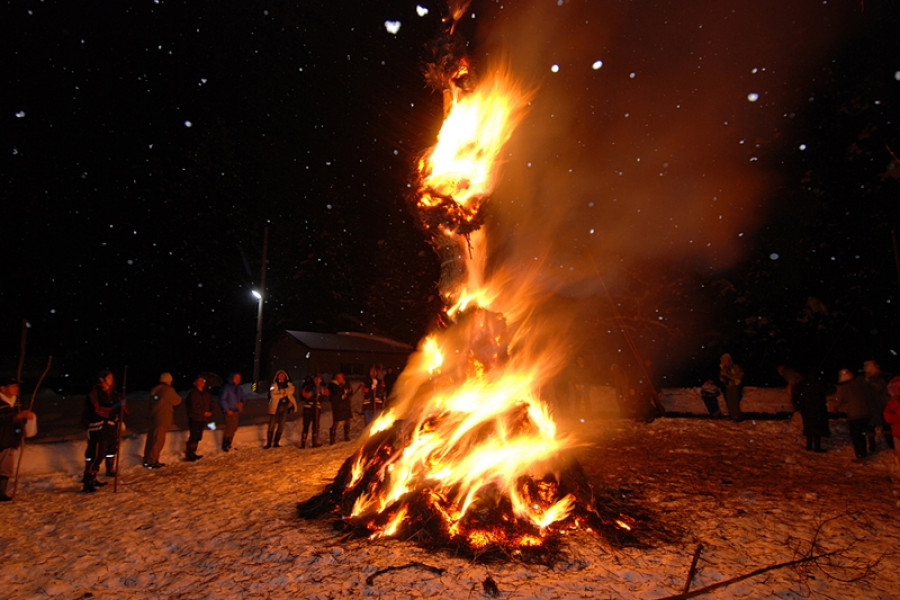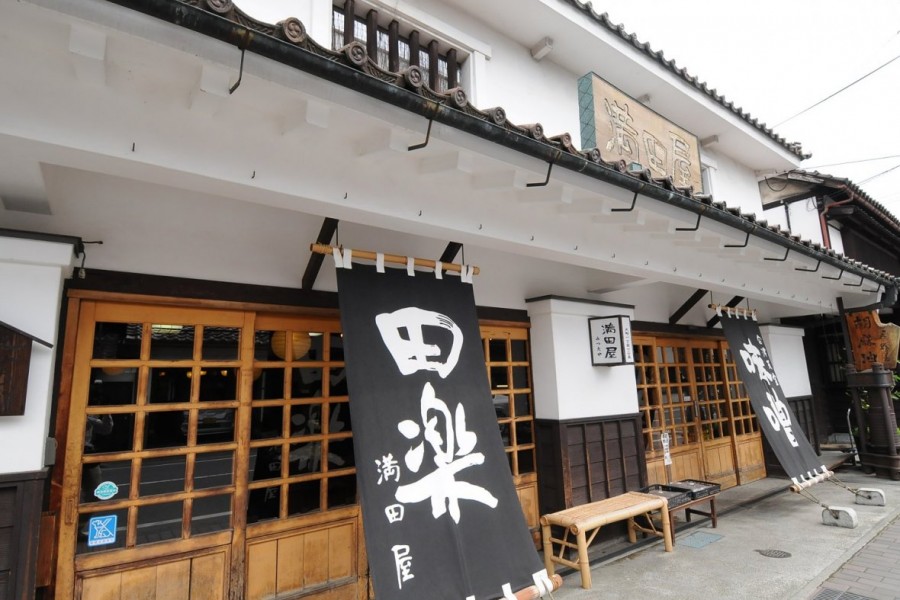
Mitsutaya
Mitsutaya is a speciality restaurant with roots dating back to the end of the Edo Period (around 1835). The restaurant is situated in a renovated miso storehouse. It is therefore fitting that the restaurant is famous for a local Aizu meal called 'miso dengaku'. Miso dengaku refers to skewered vegetables and meat which are topped with a miso paste before being cooked over an open flame. The skewers are cooked one by one. Skewer ingredients include konjac, deep-fried tofu, sticky, savory rice balls called 'shingoro mochi', and more. Each small dish is coated in miso for an unforgettable and savory flavor.

